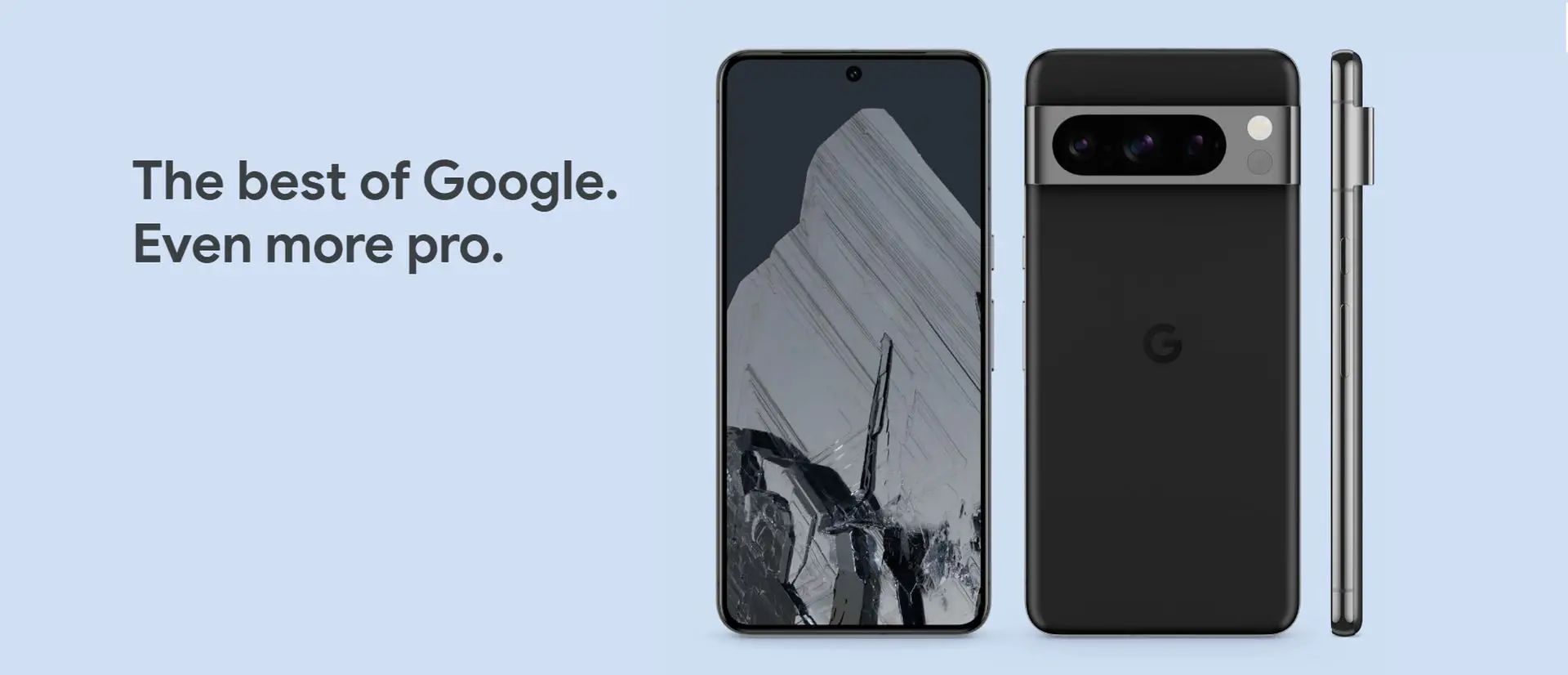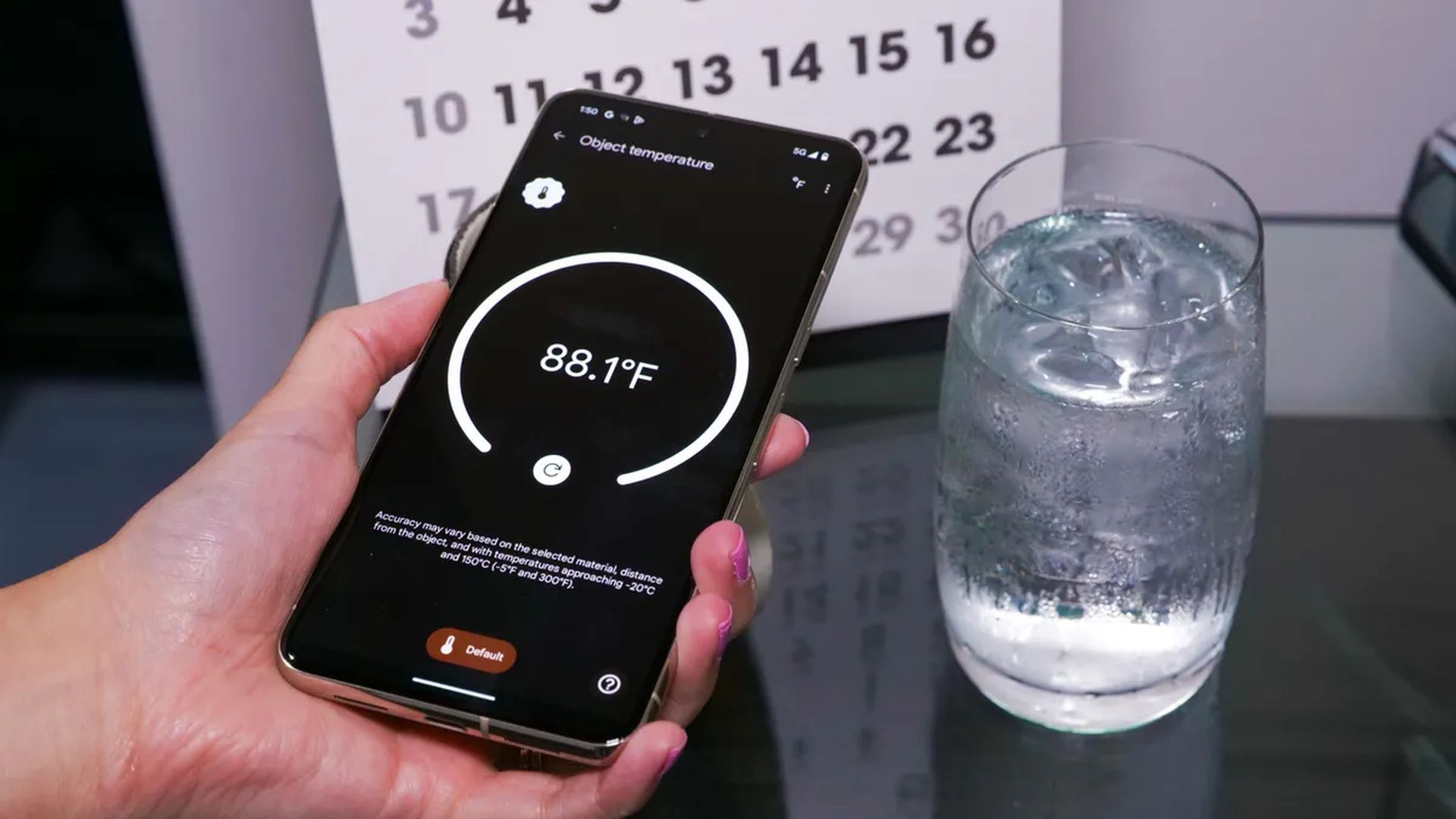The recent Made by Google event introduced the Google Pixel 8 Pro temperature sensor, during the announcement of a fresh lineup of Pixel devices, including the Google Pixel 8, Google Pixel 8 Pro, and Google Pixel Watch 2.
Among these introductions, the Google Pixel 8 Pro stands out with its impressive features. It boasts a new Super Actua display that reaches a peak brightness of up to 2,400 nits, placing it among the brightest smartphone displays available. Additionally, it’s powered by the new Tensor G3 chip and sports a powerful camera setup, featuring a 50MP main camera complemented by 48MP ultrawide and telephoto lenses. Pro controls for the camera app add an extra layer of versatility.

However, as mentioned, the Pixel 8 Pro holds a hidden gem beneath its matte back glass: an object temperature sensor. But what practical applications does this unique sensor offer? As it turns out, not a whole lot!
Making Sense of the Google Pixel 8 Pro temperature sensor
At present, the primary function of the temperature sensor on the Google Pixel 8 Pro is to gauge the temperature of various objects. While it may seem like a novelty, Google has a history of incorporating such intriguing, albeit somewhat extravagant, features in its devices (remember the Soli radar system in the Pixel 4 series?).
What does this mean in practical terms? You could, for instance, measure the temperature of a pan you’re cooking with. Perhaps you’re curious about the heat output of your laptop while diving into a game like Starfield. Or maybe you’re just wondering how warm the iPhone 15 Pro gets when it’s pushing its limits.

What the Google Pixel 8 Pro temperature sensor can’t do yet
The long-term objective for the Google Pixel 8 Pro temperature sensor is to enable it to measure an individual’s body temperature. This holds immense potential in situations where it becomes imperative to gauge someone’s temperature due to illness, particularly in cases of fever.
In a leaked instructional video from May, Google provided a sneak peek into how users can utilize the Google Pixel 8 Pro temperature sensor for precisely this purpose. The process involves holding the phone in close proximity to the subject’s forehead and then gently moving it across to the temple over a span of 4 seconds, resulting in an accurate temperature reading.
However, the reason we use the term “eventually” is because the capability to measure a person’s temperature won’t be accessible until it secures approval from the Food and Drug Administration (FDA). The duration of this approval process is uncertain, ranging from a few weeks to a more realistic estimate of close to a year from now.

Taking an overarching view, the presence of the Google Pixel 8 Pro temperature sensor may initially come across as an attention-grabbing feature, yet it’s worth noting that its primary application – measuring a person’s body temperature – hinges on obtaining the FDA’s endorsement. Moreover, even upon approval, its accuracy may not surpass that of a specialized thermometer.
Meanwhile, if you are interested in other new products of the company, make sure to check out how Google launched the Chromebook Plus category with a $399 price tag prior to the Made by Google event.
Featured image credit: Google



